There is a certain magic to winter in Hokkaido, a quiet beauty that reveals itself in the crisp air, the deep snow, and the ever-present dance between the untamed wilderness and warm hospitality. My wife and I had long dreamt of visiting Kushiro and Akan-Mashu in the depths of winter, drawn by the promise of vast wetlands, steaming hot springs, and some of Japan’s most pristine landscapes. Our four-day journey was nothing short of extraordinary, a perfect balance of adventure, nature, and authentic local experiences.
Day 1: Arrival in Kushiro and the Wild Wetlands
Touching down at Kushiro Airport from Haneda, the landscape outside the window was already a world apart with scattered patches of snow covering the ground. The rental car was waiting, and within minutes, we were on the road, the tires crunching over the light snowfall as we headed into town.
For lunch, we made our way to Ramen Maruhira, a beloved local institution with a history spanning six decades. We squeezed into the tiny eatery, the air thick with the aroma of simmering broth. Opting for both the shoyu (soy sauce) and shio (salt) versions of Kushiro-style ramen, we savored the delicate, light broths which are a stark contrast to the richer tonkotsu variations found in southern Japan. It was simple, comforting, and exactly what we needed before setting off on our first adventure.
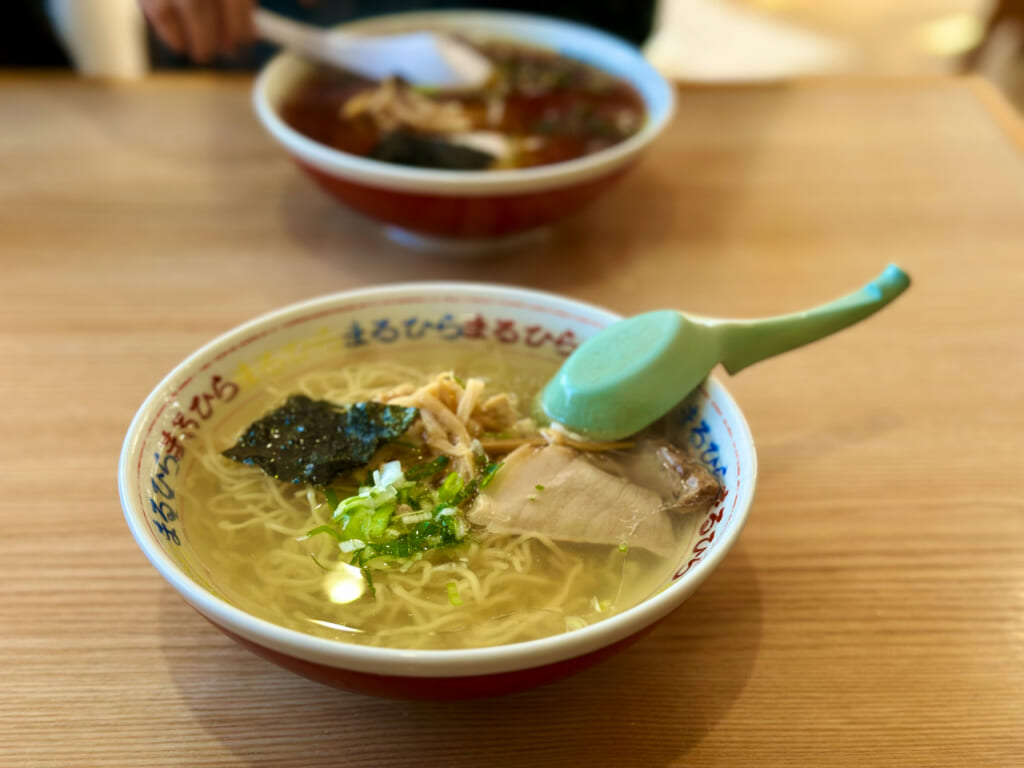
Fueled and ready, we drove north to Kottaro Wetlands, where the true scale of Hokkaido’s wilderness began to reveal itself. As we drove, the level of snow increased, transforming the landscape into a genuine winter wonderland. Stepping out of the car, the silence was profound, interrupted only by the distant calls of birds. As we trekked through the snow to the Kottaro Wetlands Observation Point, we spotted local deer grazing through the dry grass, their elegant forms blending seamlessly into the frozen landscape. At the summit, the panorama was breathtaking — a sea of white with a single river snaking through it.
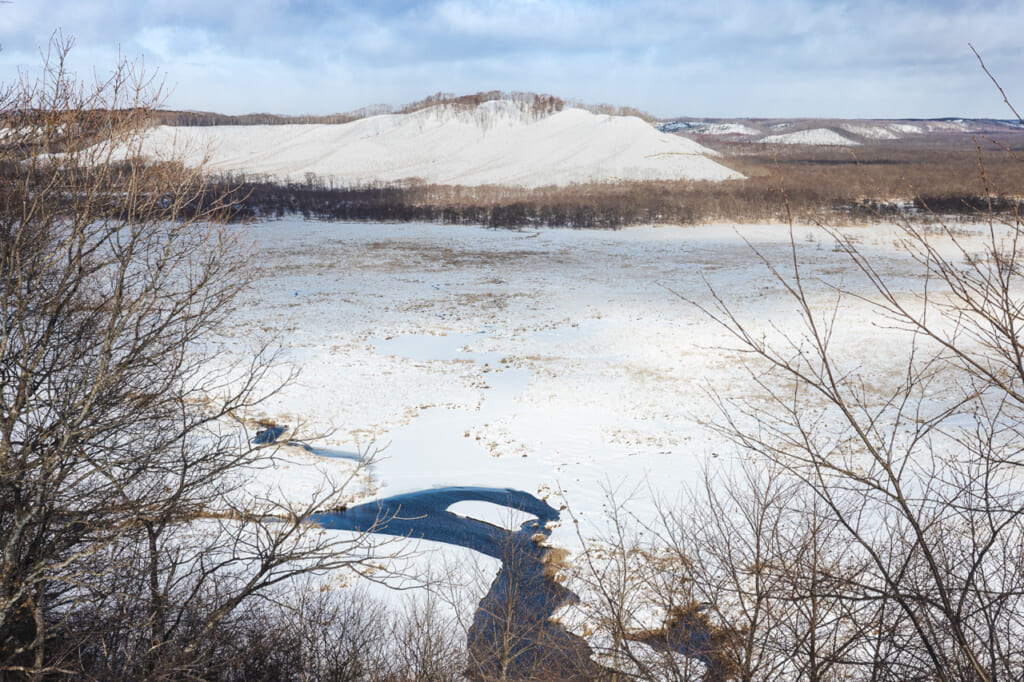
From there, we descended southward to the famed Hosooka Observatory, one of the best viewpoints of Kushiro Wetlands. The sheer vastness was staggering. Below us, the Kushiro River meandered lazily through the open marshlands, disappearing into the distance. We stood in silence, captivated by the stark beauty of the scene, the cold biting at our fingertips as we photographed the ethereal winter landscape.
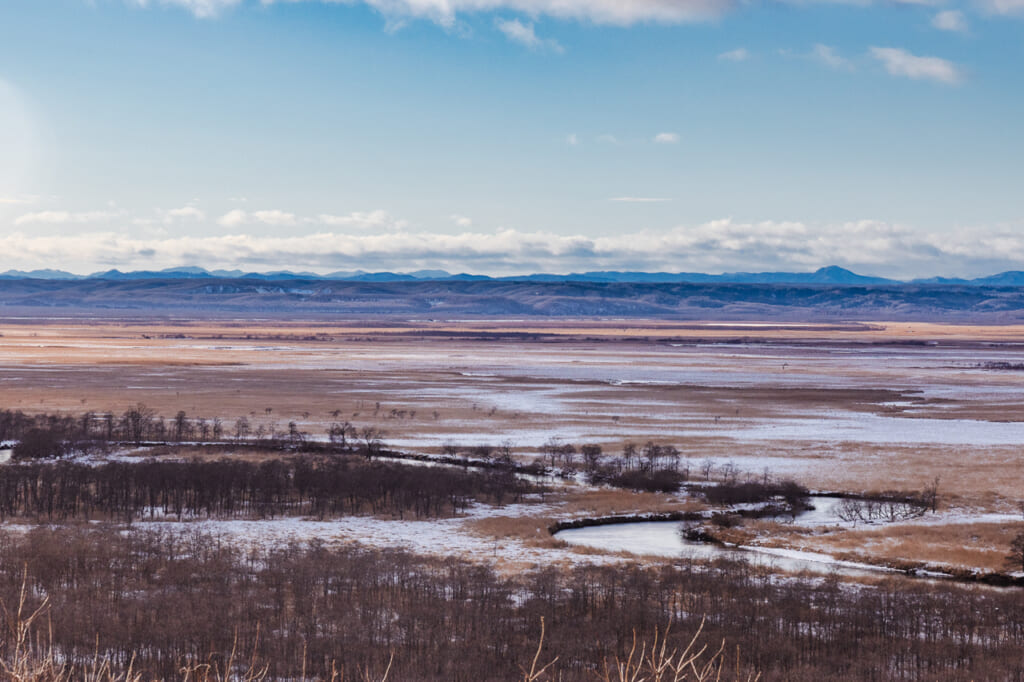
Back in Kushiro City, we sought warmth at Robata, a traditional robatayaki grill where seafood and vegetables are cooked over an open flame. The heart of the restaurant was the elderly woman tending the grill with practiced ease, serving up perfectly charred fish, scallops, and locally sourced vegetables. The atmosphere was rustic and inviting — you could feel the decades of history.
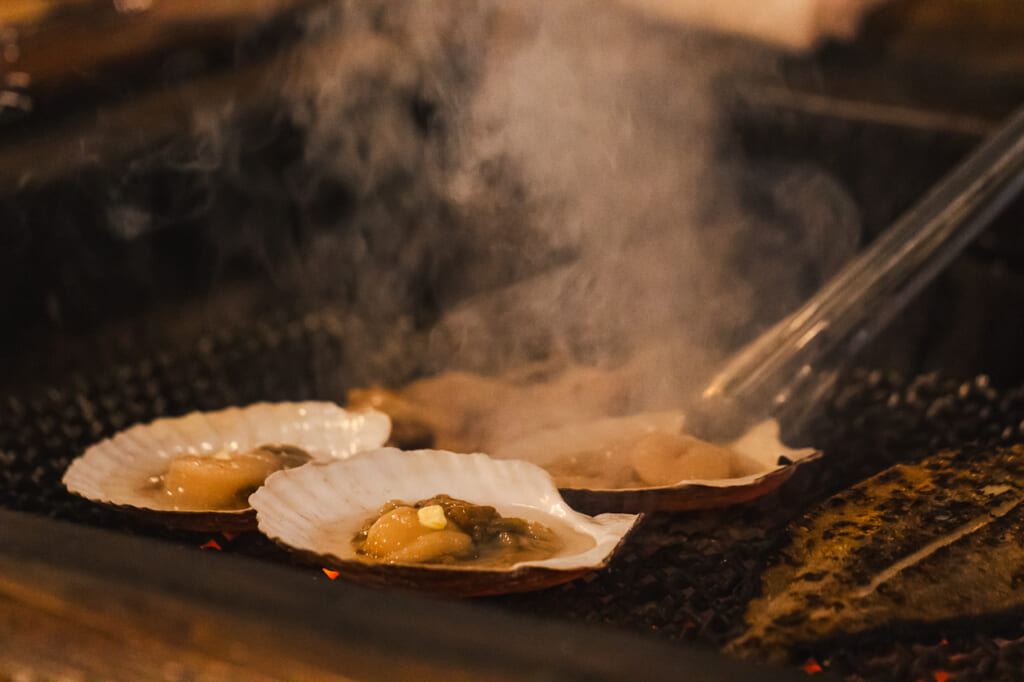
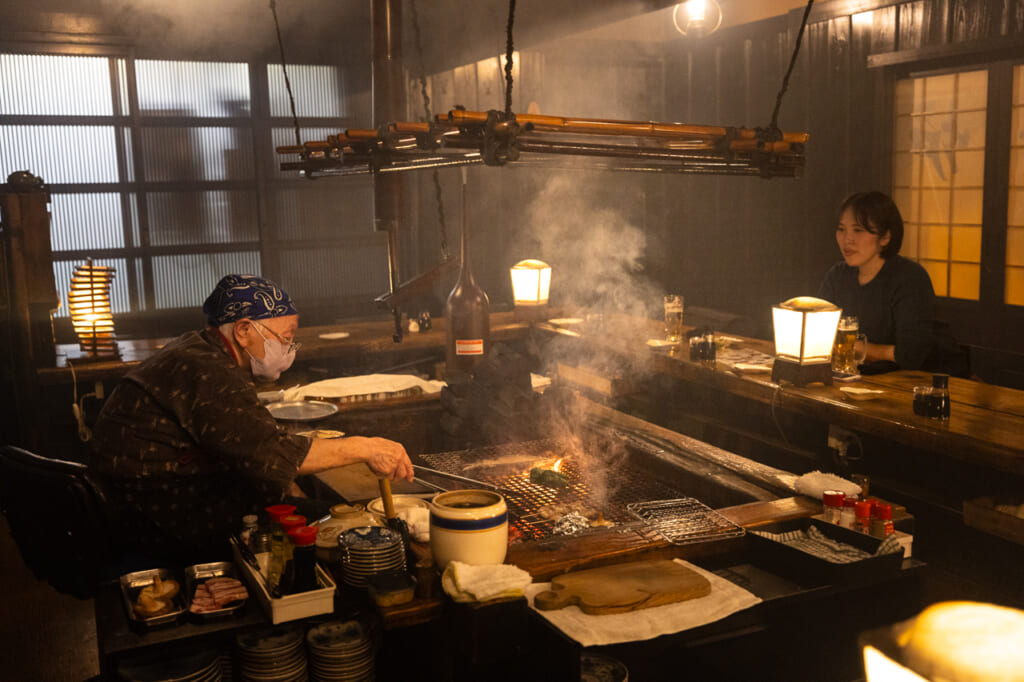
The night wasn’t over yet. Just a short stroll away, we stumbled upon Akachochin Yokocho, a cozy alleyway of tiny bars and eateries glowing with warm lantern light. Ducking into one of the intimate establishments, we sampled local sake, exchanging stories with the bar owner and a few regulars who were eager to share their love for Kushiro. It was the perfect end to our first day.
Day 2: The Dance of the Cranes and a Relaxing Onsen Stay
Rising early, we headed to Tsurui-Ito Tancho Observatory, one of the best places to see the magnificent tancho or red-crowned cranes. These elegant birds, symbols of longevity and good fortune, stood tall against the snowy fields, their black-and-white plumage striking in the morning light. Seeing them in the wild was unforgettable — graceful, dignified, and completely at home in the winter landscape.
As we watched, the cranes began their dance, a mesmerizing display of bows, leaps, and wing flutters. More than just a courtship ritual, this dance strengthens lifelong bonds, as tancho partner for life. Even long-established pairs continue to perform it, reaffirming their connection year after year. But their movements are also a form of communication, playfulness and a way to express themselves.
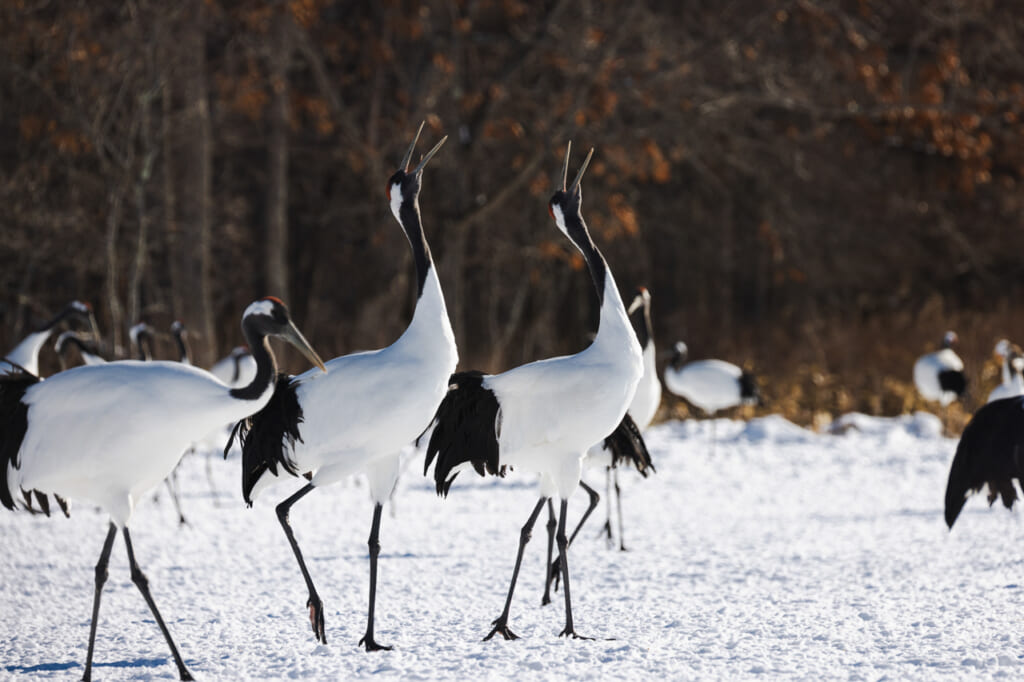
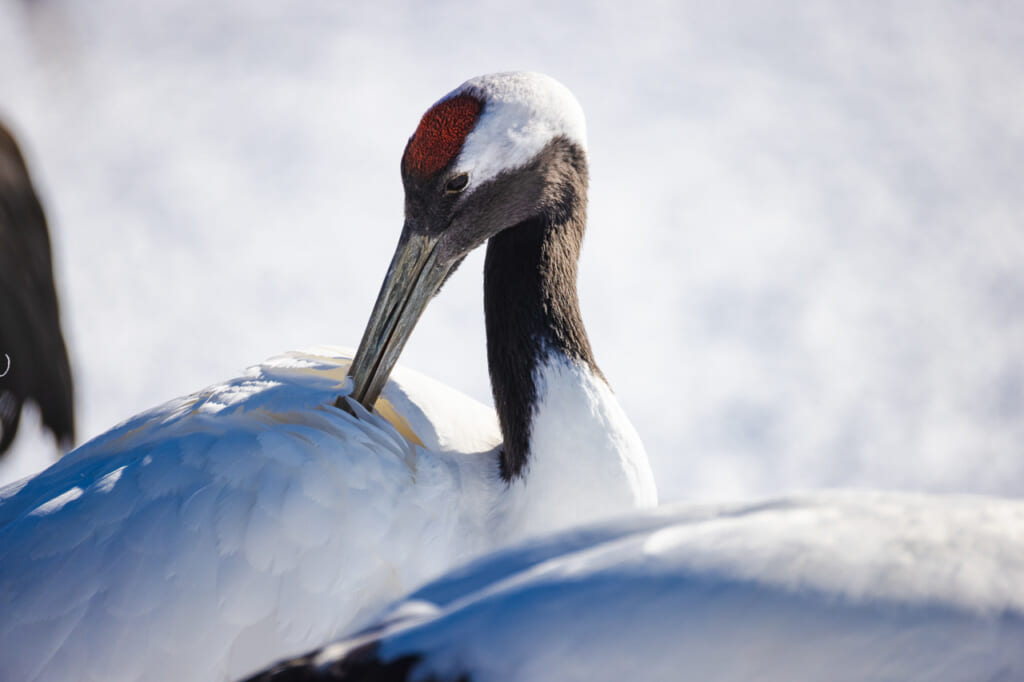
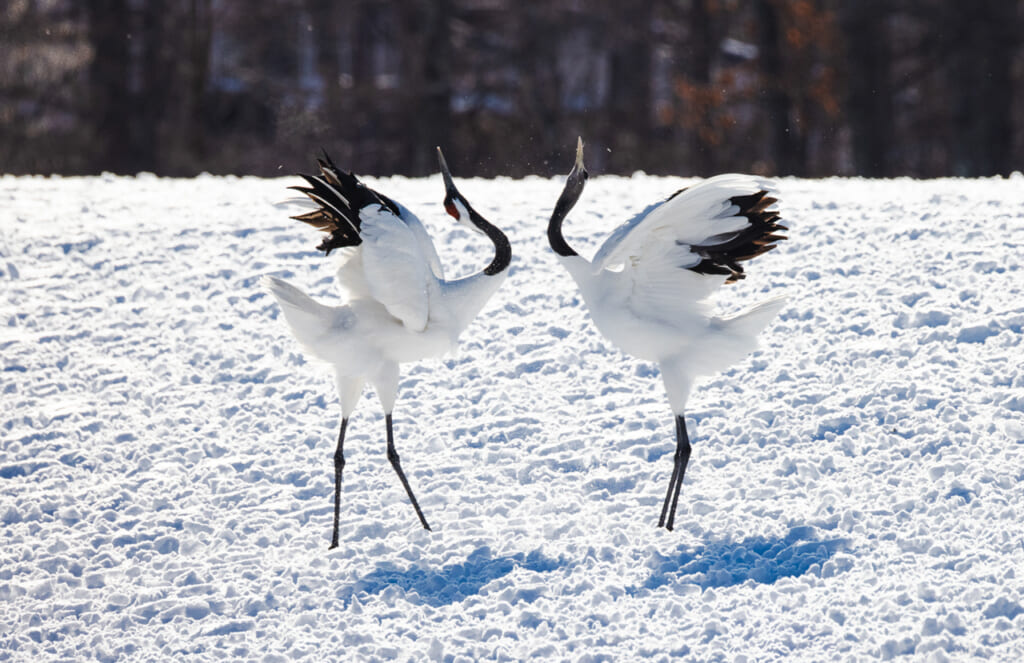
Once on the brink of extinction, the red-crowned crane remains endangered, with only a few thousand left in the wild. Seeing them up close in their natural habitat felt like a rare privilege, a reminder of both their fragility and resilience. As we left the observatory, we carried with us a deep sense of awe. This moment, watching these birds move in perfect harmony, was the undeniable highlight of our journey.
After a full day of exploration, we checked into Tsurui Mura Shitsugen Onsen Hotel, a tranquil retreat offering the perfect blend of relaxation and nature. Soaking in the steaming onsen after a day of being out in the cold was exactly what we needed. Dinner that night was a simple but delightful French course meal, a refined contrast to the rugged wilderness surrounding us.
Day 3: Sunrise at Otowa Bridge and Ainu Culture
Before dawn, we made our way to Otowa Bridge, an iconic location to witness the tancho waking from their nesting place by the river. As the sun rose, golden light filtered through the trees, illuminating the scene as the cranes waded through the water, searching for food. It was a breathtaking moment, one that we captured through countless photographs.
After an unforgettable morning, we drove to Lake Kussharo and hiked up to a viewpoint overlooking one of the world’s largest calderas. The panoramic view was nothing short of spectacular, a testament to Hokkaido’s volcanic past.
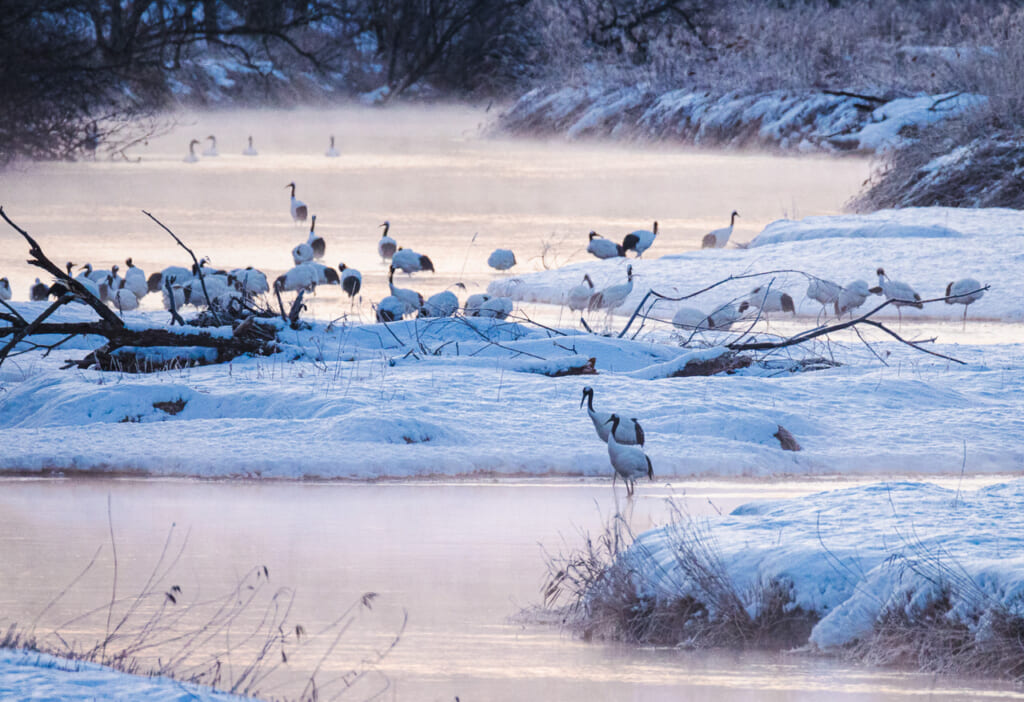
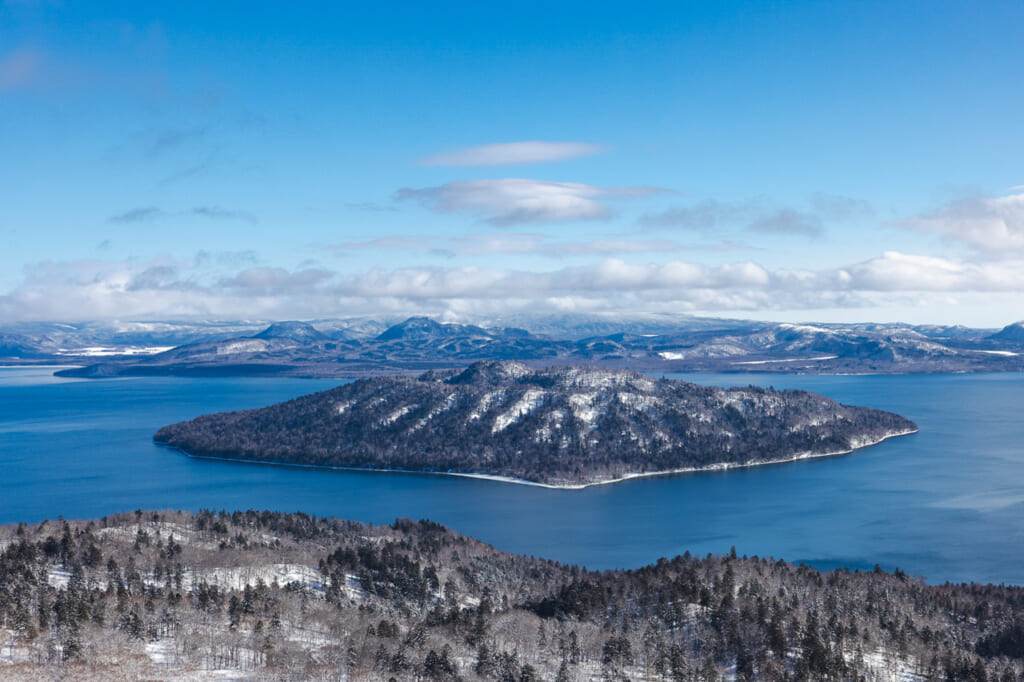
Our journey continued to Akan Ainu Kotan, a traditional Ainu village beside Lake Akan. Wandering through the village, we were struck by the cultural significance of the place. The stores were filled with exquisite carvings of owls, eagles, and other animals, each piece a reflection of the deep spiritual connection the Ainu have with nature.
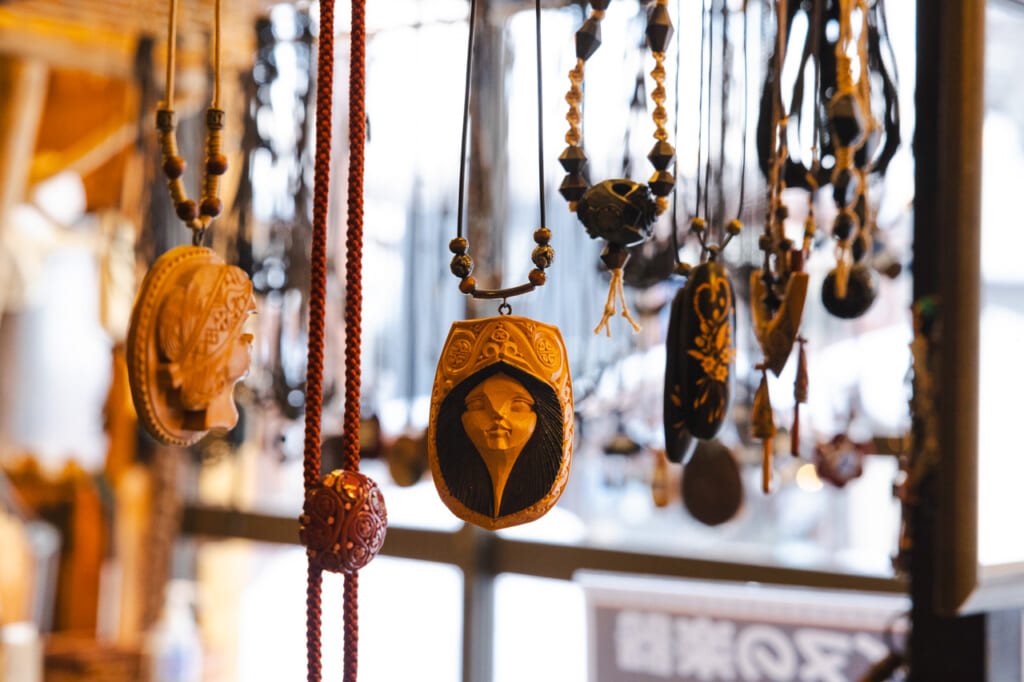
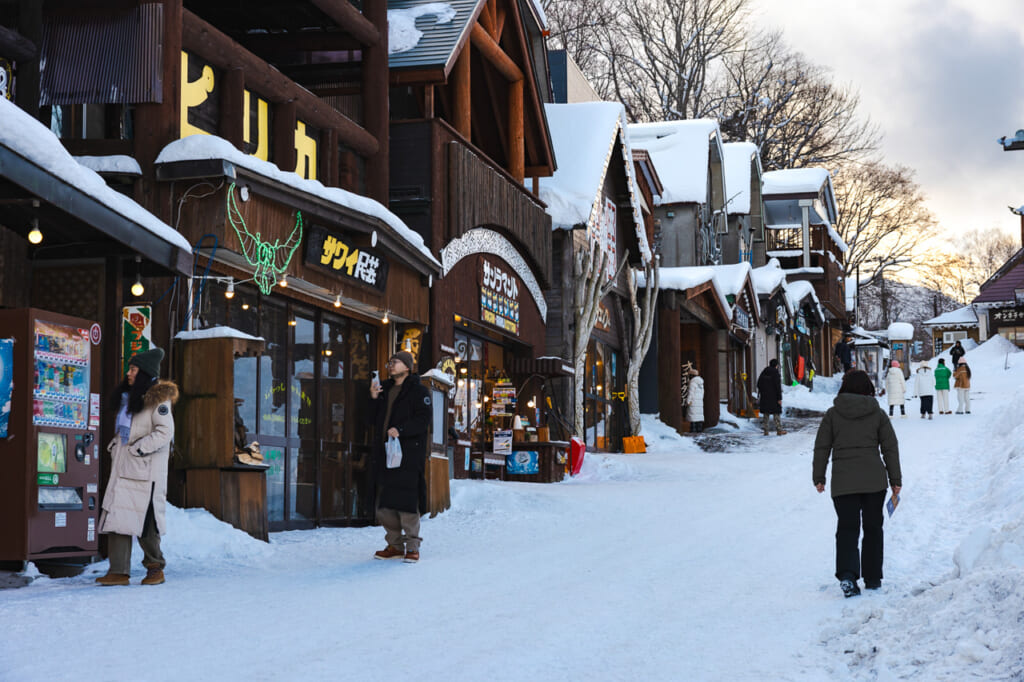
For dinner, we visited a local izakaya and tried shika-don, a dish featuring tender venison over rice — a perfect meal to cap off a day rich in cultural and natural discoveries.
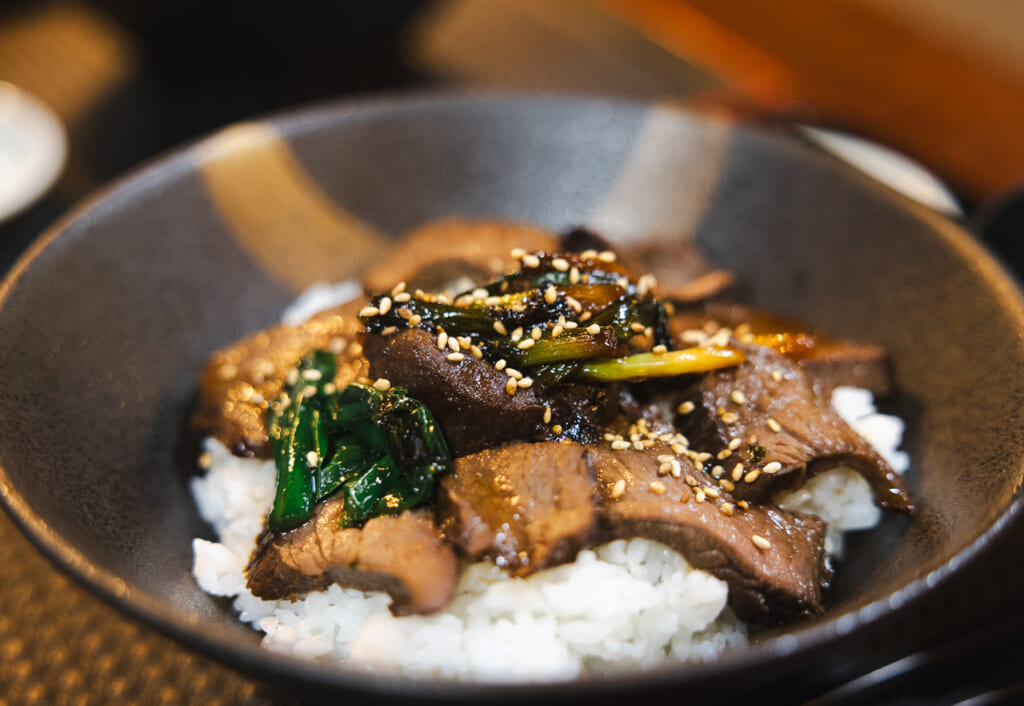
That night, we checked into the La Vista Akangawa, a luxurious retreat situated in the forest beside a river. The hotel offered private onsen, allowing us to soak in the warmth of the natural hot springs in absolute serenity.
Day 4: Lake Mashu, Soba, and Exploring Shunkunitai in Nemuro
We woke to the soothing sight of the river flowing beside our hotel, its surface shimmering in the morning light.
In the morning, we visited Lake Mashu, another stunning caldera lake. Unfortunately, the cloudy skies obscured the lake’s famed “Mashu Blue” — an exquisite shade caused by its incredibly clear and deep waters. Even without its usual vibrancy, the scene was breathtaking. The lake lay still and silent, while in the foreground, trees stood like frozen sculptures, their branches outlined in delicate ice.
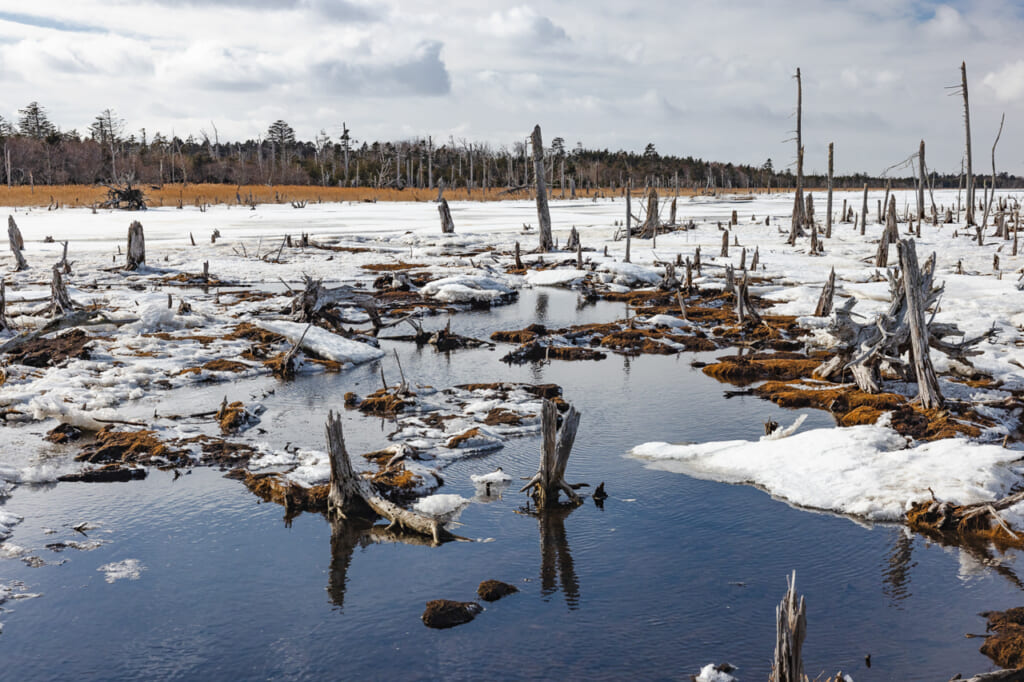
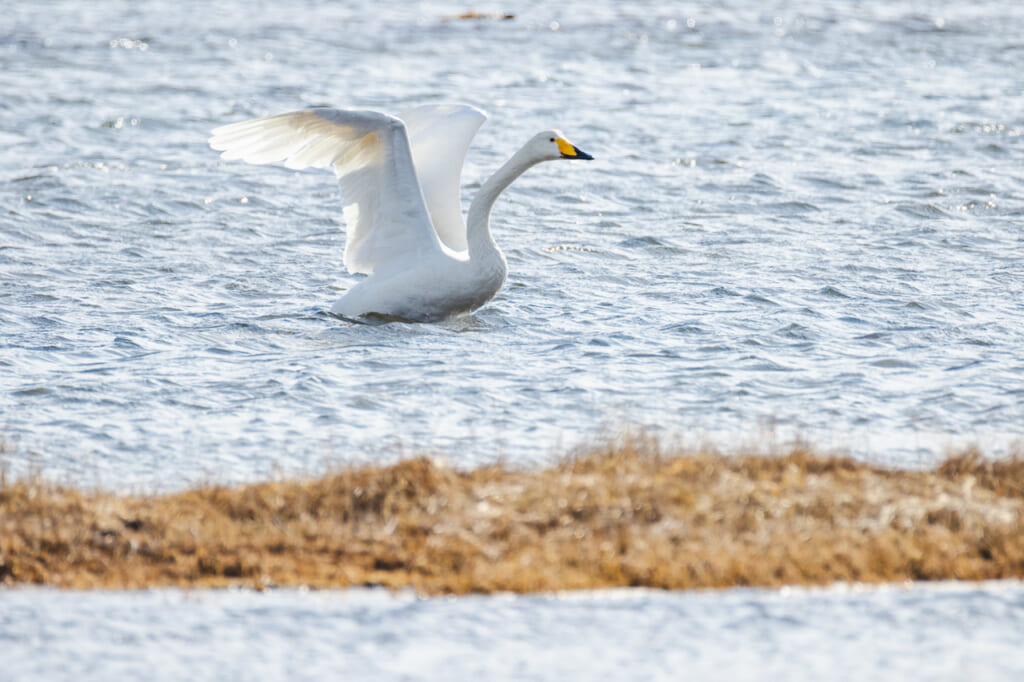
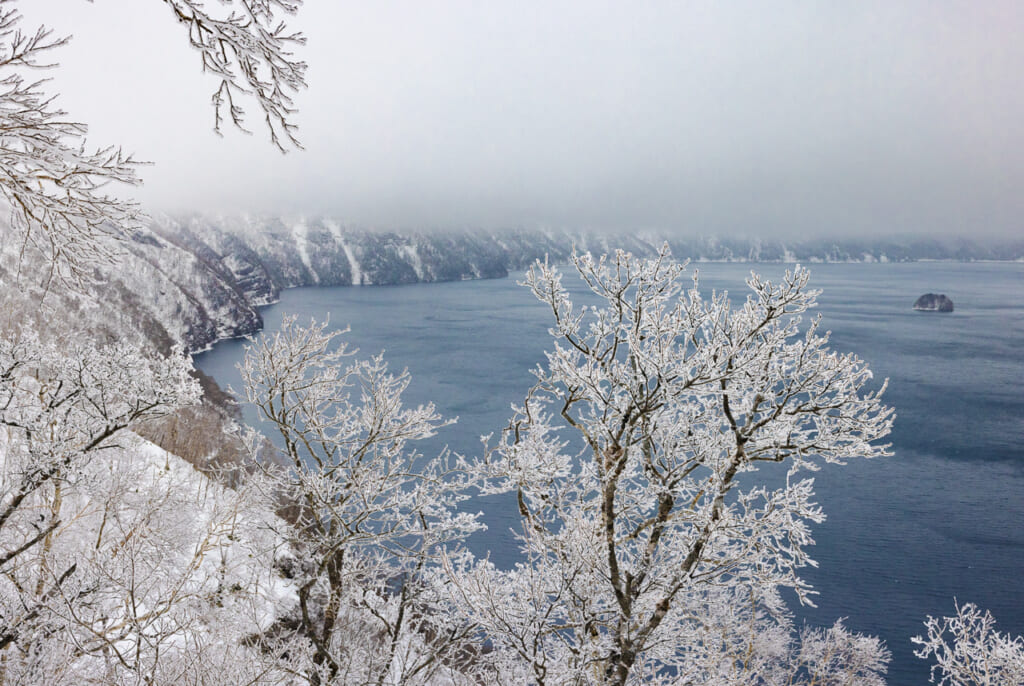
For lunch, we enjoyed handmade soba at Teuchi Soba no Ryogoku, where the delicate, nutty flavor of the noodles paired perfectly with a simple dipping sauce.
Our final stop took us south to Shunkunitai, a vast coastal wetland in Nemuro that serves as a crucial winter habitat for migratory birds. Unlike other areas, the land here was not blanketed in snow, and the landscape featured sand bars stretching into the distance. The marsh areas, however, had frozen over, creating an alien landscape with dead trees protruding from the ice. In the icy waters, we spotted local geese, braving the cold as they searched for food. Walking through this serene, otherworldly environment was a peaceful and humbling way to finish our journey.
Reflections on Winter in Kushiro and Akan-Mashu
Hokkaido in winter is a place of stark contrasts — harsh yet beautiful, remote yet welcoming. From the quiet majesty of the wetlands to the ethereal lakes and the deep cultural roots of the Ainu, our journey through Kushiro and Akan-Mashu was a profound reminder of nature’s quiet wonders and the warmth of those who call this land home. As our plane took off, the snow-covered expanse below us, we knew this wouldn’t be our last visit to this wild and beautiful corner of Japan.
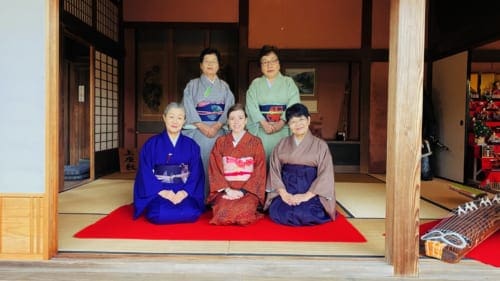
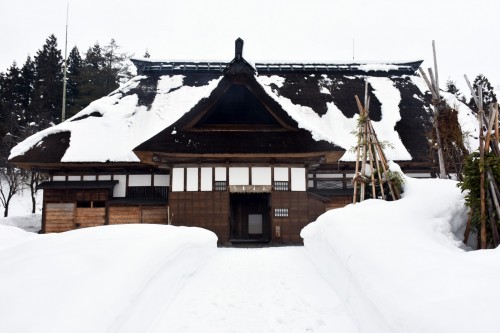
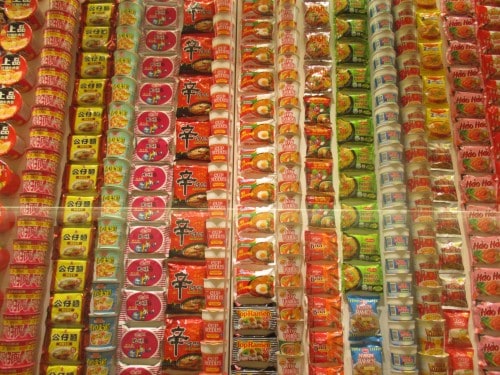
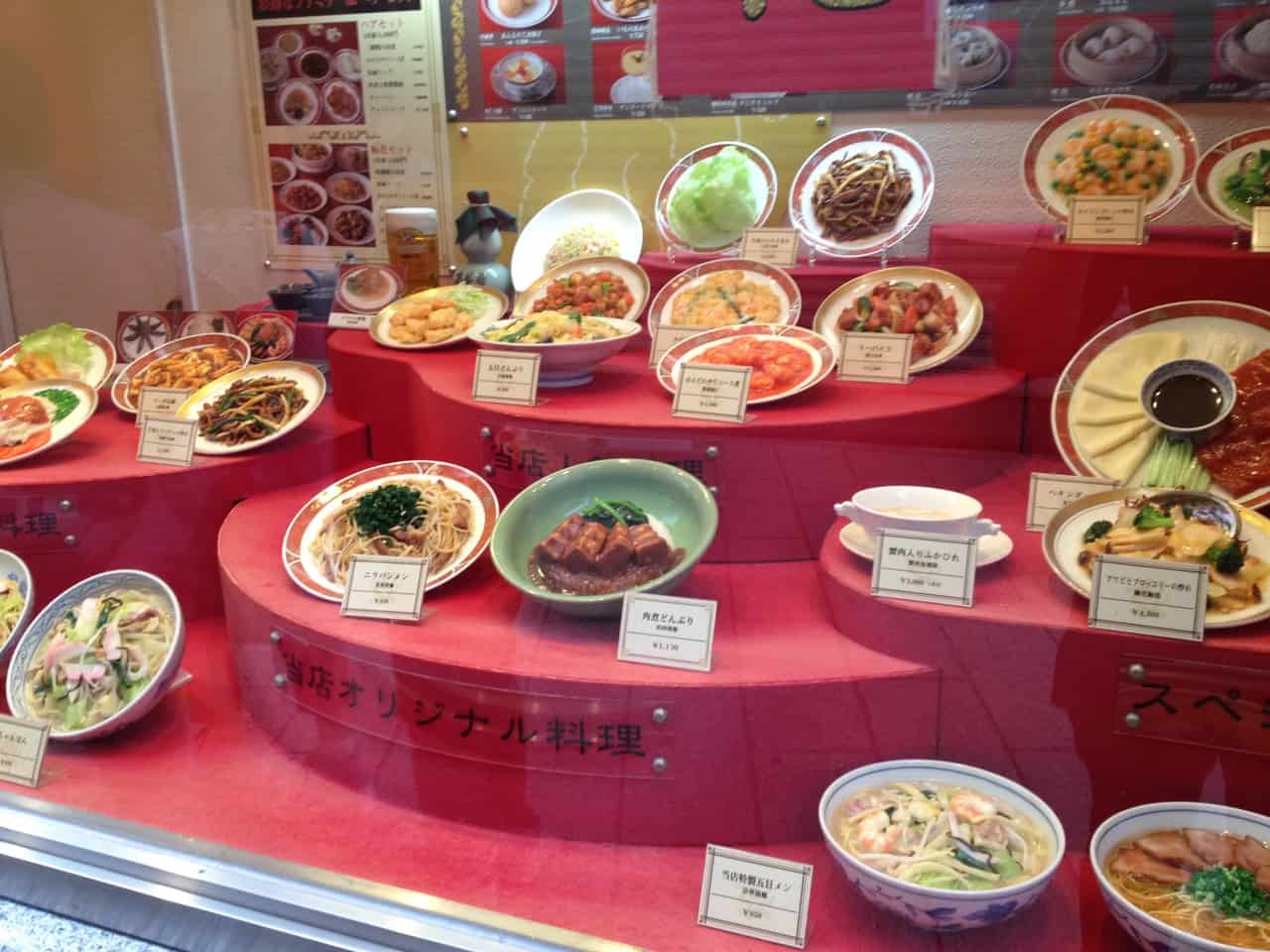
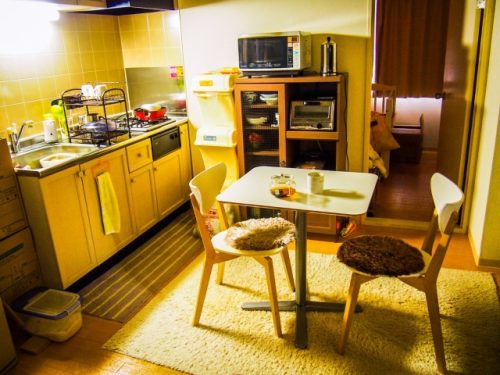


No Comments yet!